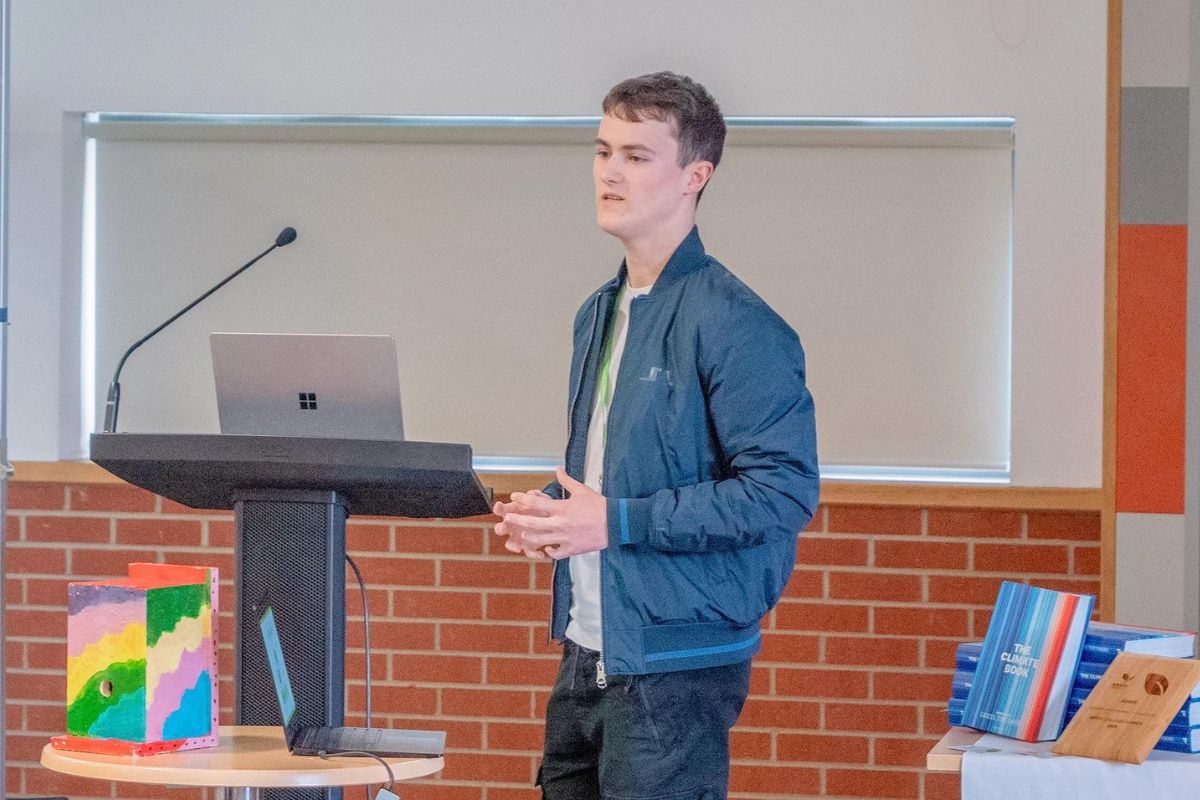Why universities are changing the way they talk to faculty

Long before the pandemic hit, higher education has faced challenges with employee communication and engagement. The sector stereotype is to be cautious and slow-moving when it comes to embracing change, and particularly digital transformation.
Then, lockdowns hit and forced all institutions to shift their delivery, immediately. The rapid shift to digital teaching and learning provided a lot of opportunity for innovation and creativity. The pandemic and subsequent social distancing measures undoubtedly brought about a period of disruption and hardship for many; however, the rapid digital transformation also brought about positive change for the higher education sector.
While this transformation sped up the way universities operate, many still struggle with facilitating internal communication among the disparate cohorts of staff. It’s not just academic faculty that make up a higher education institution: caretakers, cleaners, catering staff and many more professional services all work together to make the institution run.
Employees have traditionally relied on inadequate communication channels to communicate with each other – such as email, learning platforms, and social media – which don’t allow for much collaboration or openness, and they often use these channels inconsistently. Without a centralised method of communication, employees across the HE sector can find it challenging, if not impossible, to foster a sense of community.
For Staffordshire University however, the need to communicate effectively with employees was a priority long before Covid hit.
With their focus on technological advancement, this ‘digital university’ recognised the need to provide a bespoke platform for their employees and saw an opportunity to centralise its internal communications with the help of a platform that enabled a holistic approach to employee engagement.
With support from the senior leadership team and Digital Services colleagues, the Communications team were able to centralise their disparate communications functions by partnering with Workvivo, a workplace employee communications application that helps to connect every employee within an organisation, keeping everyone informed and fostering a sense of belonging and community.
The team did not want it to be seen as a social sharing platform like Facebook, but instead as a corporate tool that strengthens social connection. To accomplish this goal, they developed an internal communications campaign to explain why integrating a workplace employee communications application that helps to connect every employee was vital for the University’s continued success. Throughout the project, the communications department focused on one concept: employee engagement.
The team at Staffordshire worked closely with Workvivo throughout each stage in the process: from beta testing through to the development, to achieve the desired outcome. This collaboration meant that the HR, Communications, and Executive teams played a major role in shaping the final product, so that it did exactly what they needed it to do — operate as a highly personalised platform that enables peer-to-peer communications.
Staffordshire wanted employees to feel like it was their platform, so the communications team launched it as the “StaffApp”. In the lead up to the launch, they ran a countdown campaign, giving teasers of an exciting new product every day and culminating with an official launch on a Friday, calling it ‘appy Friday’. Throughout the entire day, the communications team went round to all the various offices on campus to encourage colleagues to download Workvivo and show them how to use it.
The main goal for the team was to build an increased sense of employee engagement in the true sense. They wanted employees to not just engage around values and the culture, but to live, see, and be a part of it every day. By putting all this groundwork in early on, when Covid hit in March 20202, Staffordshire, actually saw communications satisfaction among employees actually increase throughout the pandemic on their monthly employee engagement surveys.
Seventy-four percent of employees reported being satisfied with the internal communications updates related to COVID-19, and 78 percent of employees found shoutouts to be incredibly beneficial in boosting team morale.
The team at Staffordshire put in a lot of effort to drive engagement throughout this time, including running regular competitions, inviting people to comment on posts, campaigns allowing colleagues to recognise and acknowledging their peers for their work, and invitations for colleagues to contribute to national engagement campaigns such as sharing their favourite book and quote to celebrate World Book Day.
Staffordshire University is a diverse community, and Workvivo has provided a space to allow its staff to share content that is personal to them, increases their sense of authenticity, and allows colleagues to act as alias by engaging in content such as Pride Month and Transgender Awareness Week — in addition to Workvivo’s profile banners and choice of pronouns, this is another way of letting people show who they are and choose how they represent themselves.
The internal communications platform allowed Staffordshire to make data-driven informed decisions on employee engagement activities, identify areas of improvement, and build the right kind of cultural engagement across different departments. With these insights, Staffordshire achieved a sense of community through shout-outs and hashtags, enabling them to deliver more community-led campaigns around mental health and sustainability — something that was particularly important during the pandemic. When Covid hit and the world of work turned remote overnight, Staffordshire found the transition a lot easier because they had been using Workvivo, which not only helped colleagues stay connected to one another, but also allowed them to share information on mental health and wellbeing.
Workvivo brought to life Staffordshire University’s community-led purpose, and transformed how they communicate internally. From using the platform, peer-to-peer recognition at Staffordshire is stronger than ever. Colleagues have more freedom to collaborate and openly communicate, which has led to a higher level of trust between team members, and has given them the confidence to be transparent with one another. They are more comfortable, secure, and willing to be their authentic selves while having the confidence to ask questions and regularly engage.
Aligning communication strategies, tactics, and teams in an education institution can be challenging, but when done correctly, employees feel more connected and empowered. This in turns ensures students get a consistent message and experience, alumni are more engaged, external audiences have more positive associations with the University, and the institution is better positioned to navigate any challenge it faces.
By:
Eleanor O’Mahony, Communications Manager at Workvivo, the employee experience app designed to inform, engage and connect people.
Jude O’Brien, Internal Communications Manager at Staffordshire University, responsible for the university’s internal communications strategy and its implementation to over 1800 staff.












Responses